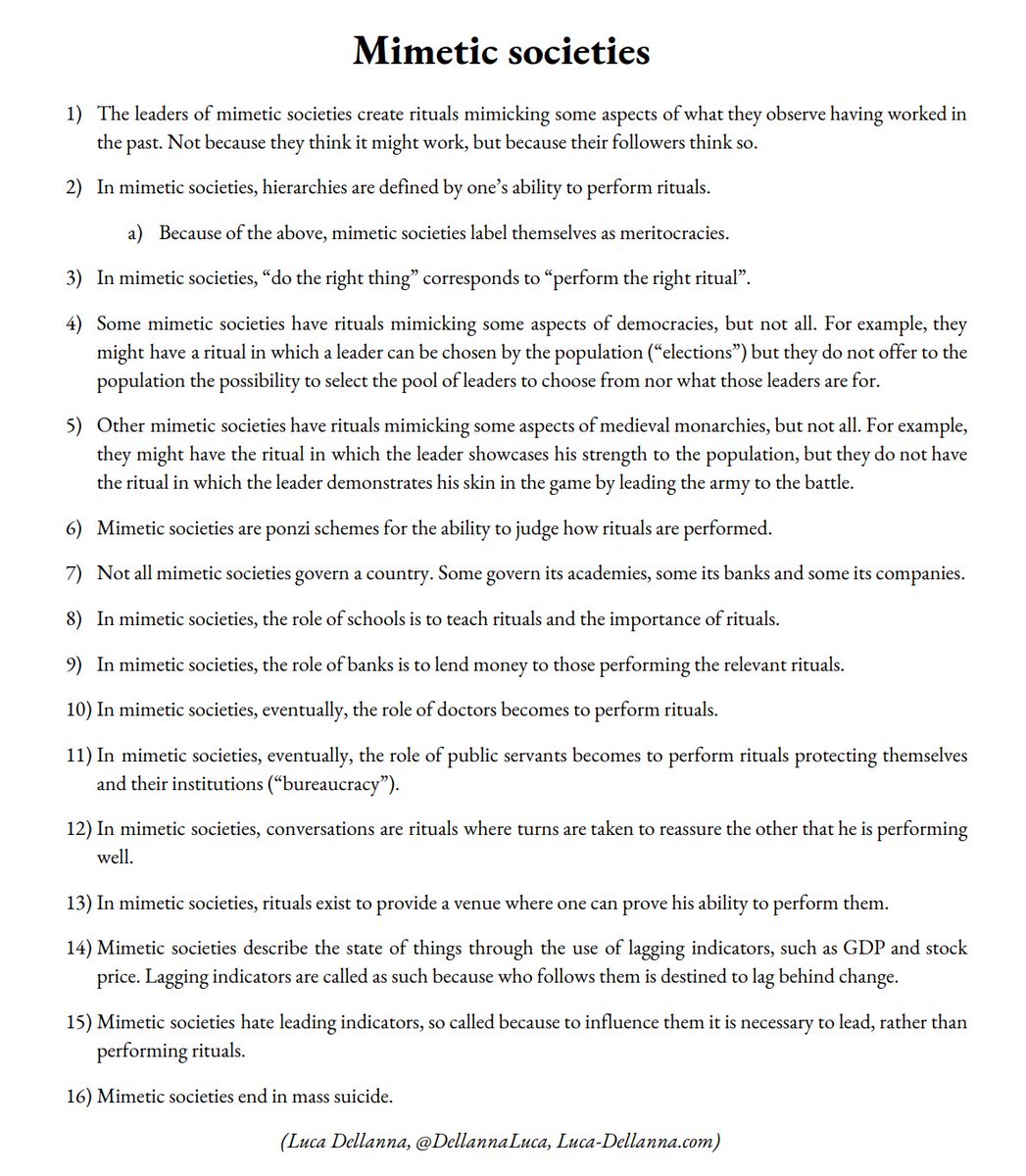It’s about managing uncertainty: acting on what will be net positive even if it costs 2x and works 0.5x.
(thread, 1/N)
If you don’t know better, you can assume the uncertainty to be the same across options.
In this case, acting on the one action which has the best tradeoff is safety
For example, Marshall Goldsmith has the rule of “don’t give advice that doesn’t add at least 20% value” as each advice has the side effect of removing motivation.
He’s also avoiding curing those patients in which the cure might introduce worse problems that it removes.
This thread explains one of the two reasons (the latter being that “harm as a signal of need for adaptation” gets lost as an organization gets opaque).
All "lockdown rules" have side-effects, and there is uncertainty regarding both their costs and their benefits, so a "Pareto prioritization" would maximize effectiveness and minimize side-effect



